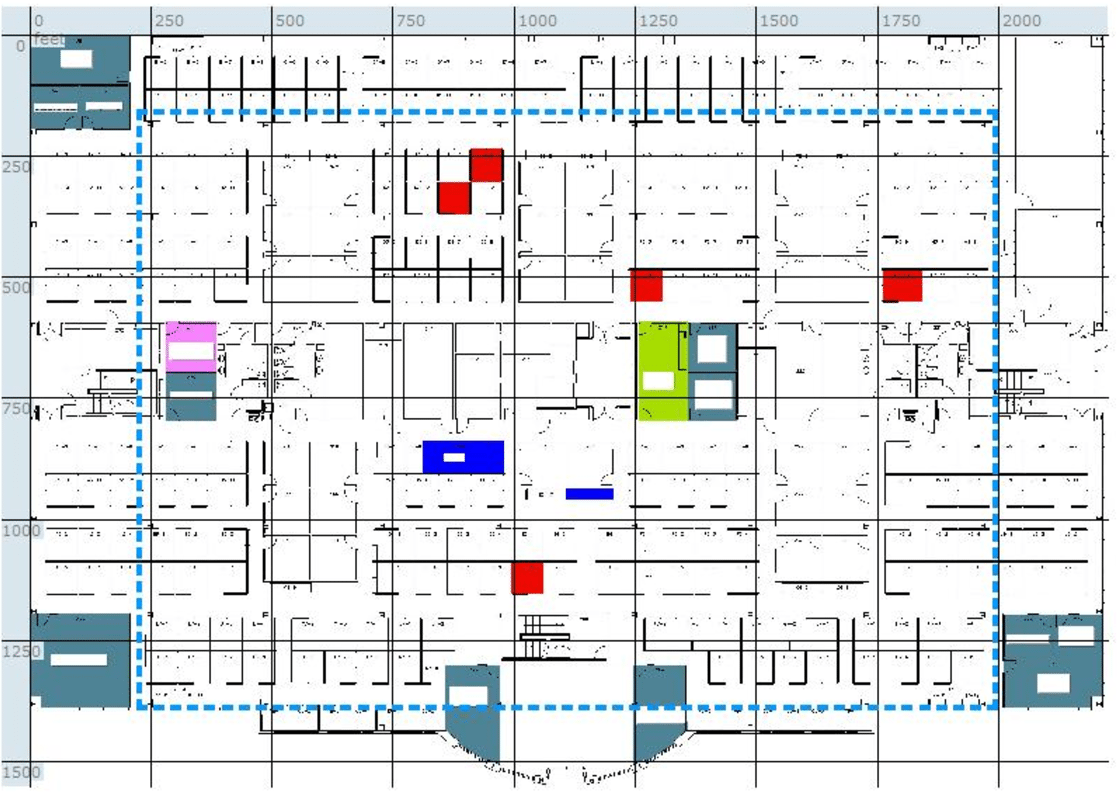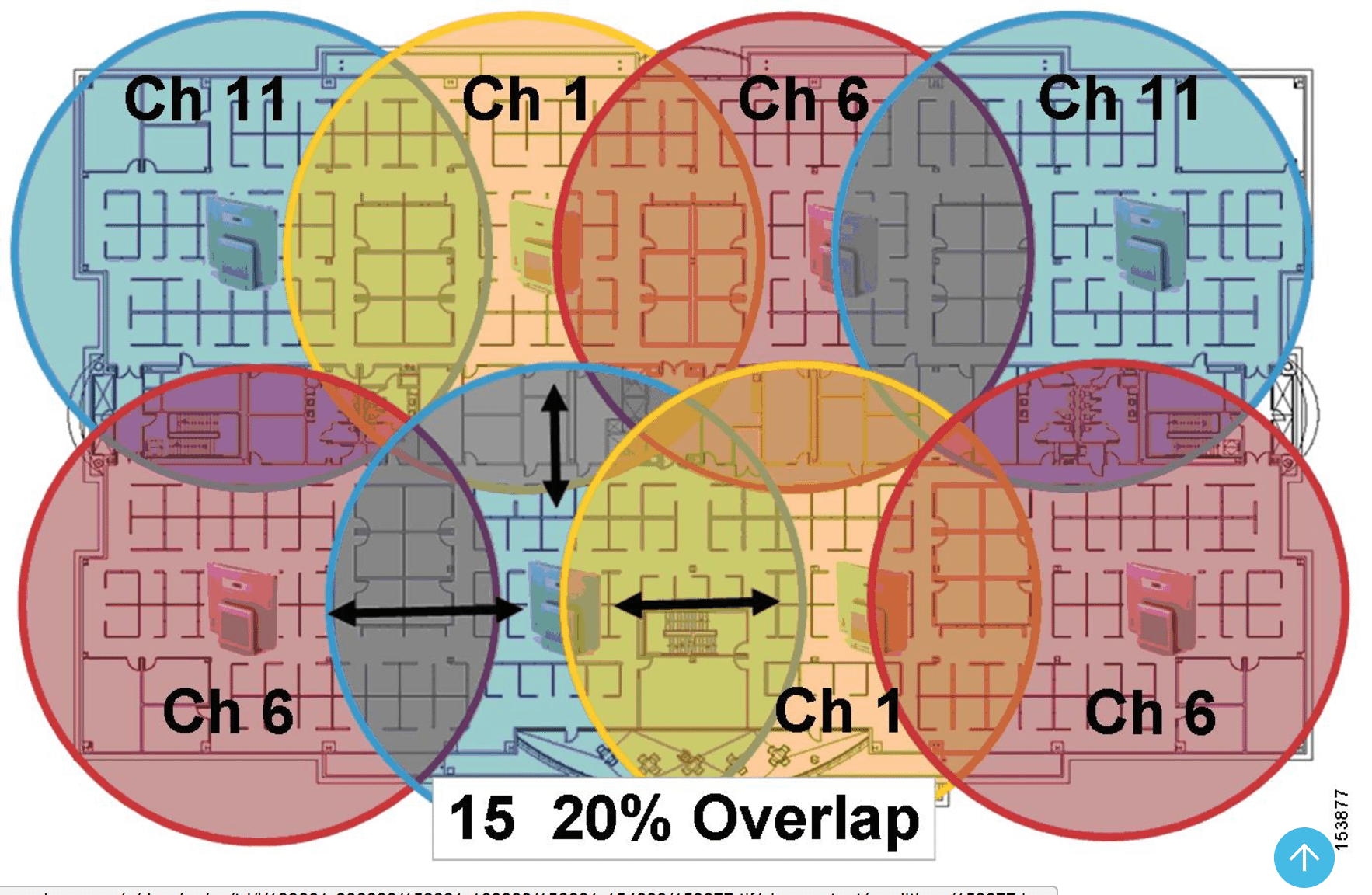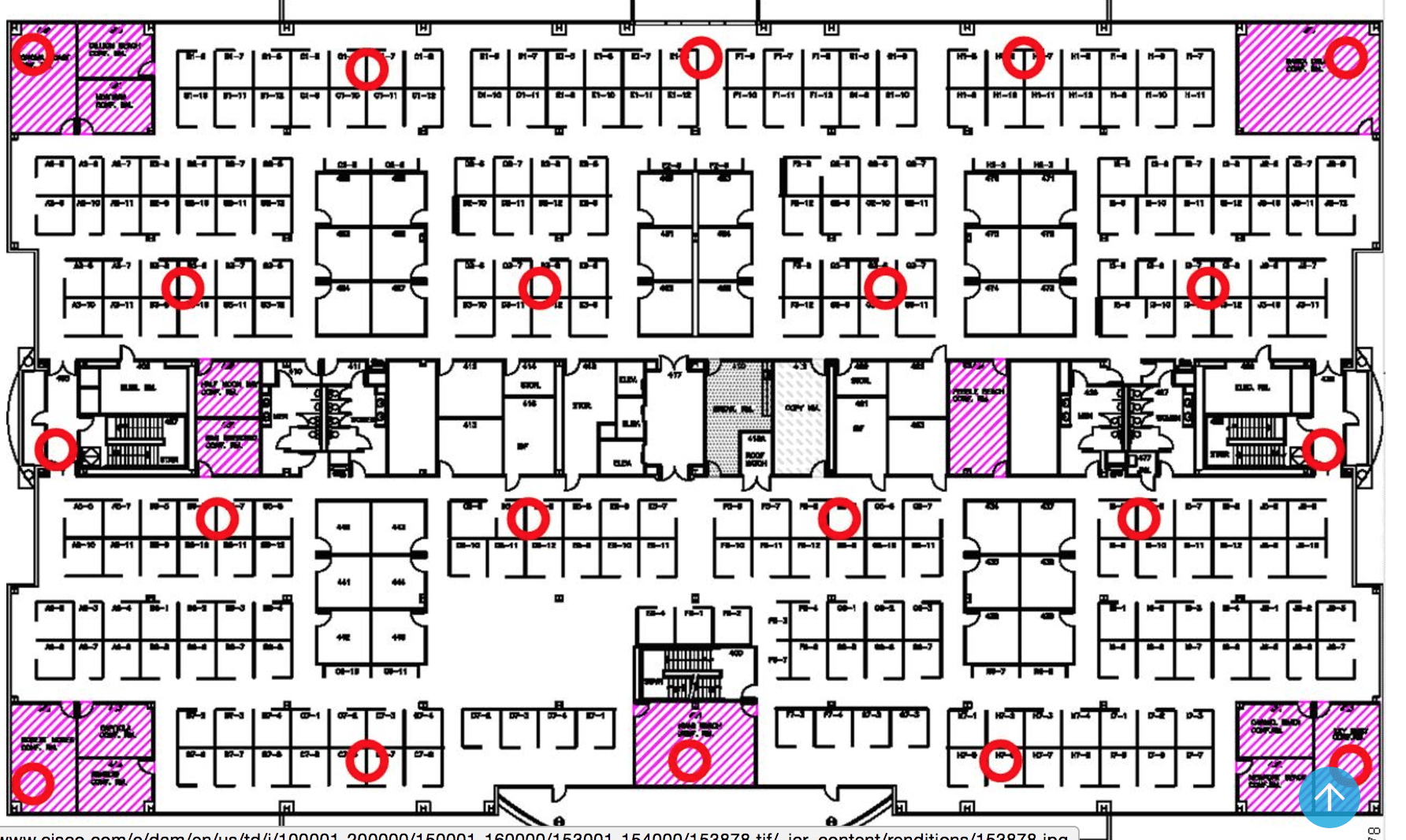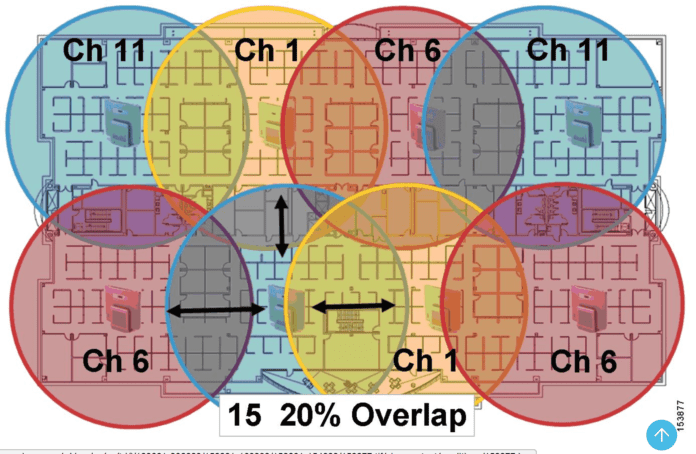Seamless, always-on connectivity is a hallmark of increasingly mobile workforces around the world. But, the complexity of deploying and managing in-building enterprise wireless networks is a challenging task for IT managers faced with acute need and cost pressures coupled with risk averse spending plans.
Despite the complexities, enterprise investment in wireless solutions is showing no signs of slowing. While it represents one aspect of an enterprise wireless network deployment process, let’s focus on RF planning, which Cisco addresses in it’s e-book Enterprise Mobility 4.1 Design Guide.
“There is no ‘one-size-fits-all’ template for the majority of requirements and environments,” the e-book authors explain, noting the detailed design work required for “AP placement, configuration and performance/coverage estimates.”
To understand how those network elements fit together, Cisco provides its Wireless Control System, which designs a local area network by allowing IT managers to “import real floor plans … and assign RF characteristics to various building components to increase design accuracy. Graphical heat maps help IT staff visualize anticipated wireless LAN behavior for easier planning and faster roll out.”

Cisco specifically digs into three wireless LAN deployment scenarios: data only, voice, and location-based services.
In a data-only network, access points are typically positioned 120-feet to 130-feet apart, according to Cisco, but that guidance is subject to “objects that affect RF coverage, such as wall densities, machinery, elevators or even wide-open space with steel cages.”
A voice deployment requires more access point overlap – around 20% – than a data-only deployment, Cisco says. This design is said to provide more stability and less latency, which enables “greater homogeneity across a single cell and reducing processor load in the handheld.”

Finally, Cisco considers a location-based services deployment potentially “the most complex” of the three because it depends on robust cellular coverage and “optimal” placement of access point. LBS is used, for instance, in tracking multiple devices or assets; it can also be used to more easily identify “a rogue client or APs and greatly improve client troubleshooting capabilities.” A staggered AP design “allows for more accurate estimate of the location of a device.”

The Cisco publication further covers other enterprise wireless considerations including regulatory domains and frequencies; applicable Institute for Electrical and Electronics Engineers standards; RF spectrum implementations; WLAN coverage optimization; and radio resource management.

